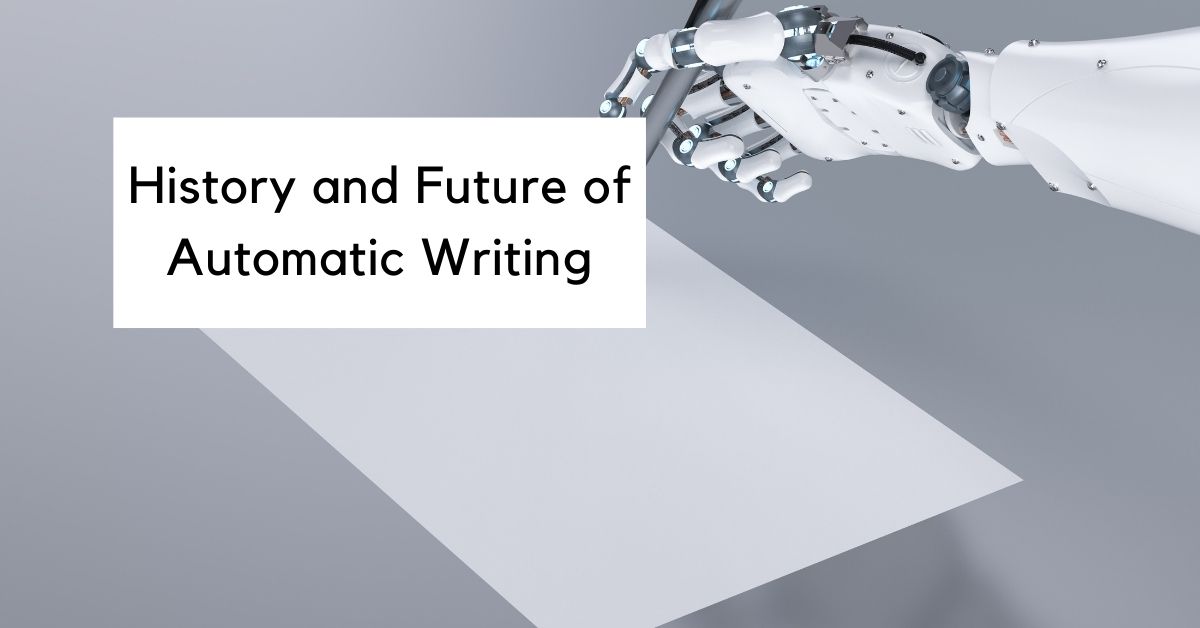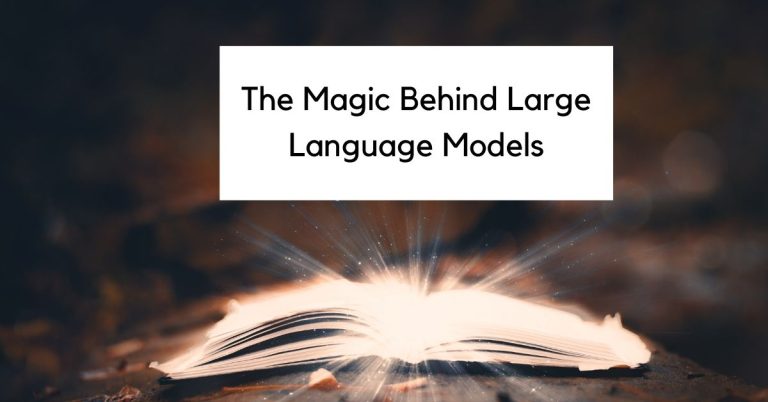A Journey through the History and Future of Automatic Writing
For ages, the art of automatic writing has fascinated and enthralled countless people. It’s a remarkable form of expression that can be seen in two intriguing ways.
The first perspective takes us into the mystical realm, where automatic writing becomes a bridge between our conscious mind and the spiritual world. It’s a process where we surrender control and allow otherworldly forces to guide our pens.
The second perspective embraces the wonders of technology, as AI tools step in to generate written content autonomously, mimicking the magic of human automatic writing.
In this article, we embark on a journey to explore both interpretations of automatic writing, delving into its rich history, the integration of AI tools, and its promising future. By unraveling the mysteries and potentials of automatic writing, we aim to shed light on its profound impact on the written word.
Two Interpretations of Automatic Writing
Automatic writing offers us a fascinating journey with two distinct perspectives. The first takes us on a spiritual adventure, where we connect with the mystical and our subconscious. It’s like receiving messages from another realm or unlocking the secrets of our own deeper selves.
The second perspective delves into the wonders of technology, where AI tools come to life, mirroring the magic of human automatic writing. These two interpretations intertwine, shaping the incredible possibilities and applications of automatic writing.

In the spiritual realm, automatic writing becomes a conduit, allowing us to tap into the unknown. It’s as if we’re holding hands with ethereal entities, receiving their wisdom and insights. This experience opens the door to a world beyond the ordinary, where we surrender control and let the spirits guide our pens. It’s a dance between the conscious and the unseen, a chance to glimpse into realms that exist beyond our grasp.
On the other hand, the technological perspective invites us to embrace the wonders of AI. With the power of artificial intelligence, we witness the birth of machines that can create written content with astonishing autonomy. These AI tools craft words and sentences that mimic the essence of human automatic writing. They draw from vast pools of knowledge and data, weaving together thoughts and ideas in ways that challenge our understanding of creativity.
Defining Automatic Writing as a Spiritual Phenomenon
Automatic writing, as defined by the New World Encyclopedia, is a fascinating phenomenon within the realm of parapsychology. It involves a technique where an individual’s hand glides across a page, transcribing words and thoughts that flow directly from the subconscious mind, without conscious intention or control.
In this extraordinary process, the hand seems to possess a life of its own, guided by hidden forces and untapped realms of creativity. Words appear on the page, forming sentences and ideas that may surprise and intrigue both the writer and the reader. It is as if a direct channel opens up between the conscious and unconscious mind, allowing thoughts, emotions, and insights to be expressed through the written word.
Famous Mediums and Automatically Written Works
Automatic writing has been used by many famous mediums and spiritual leaders throughout history. One of the most well-known examples is Jane Roberts, who channeled the teachings of an entity named Seth through automatic writing.
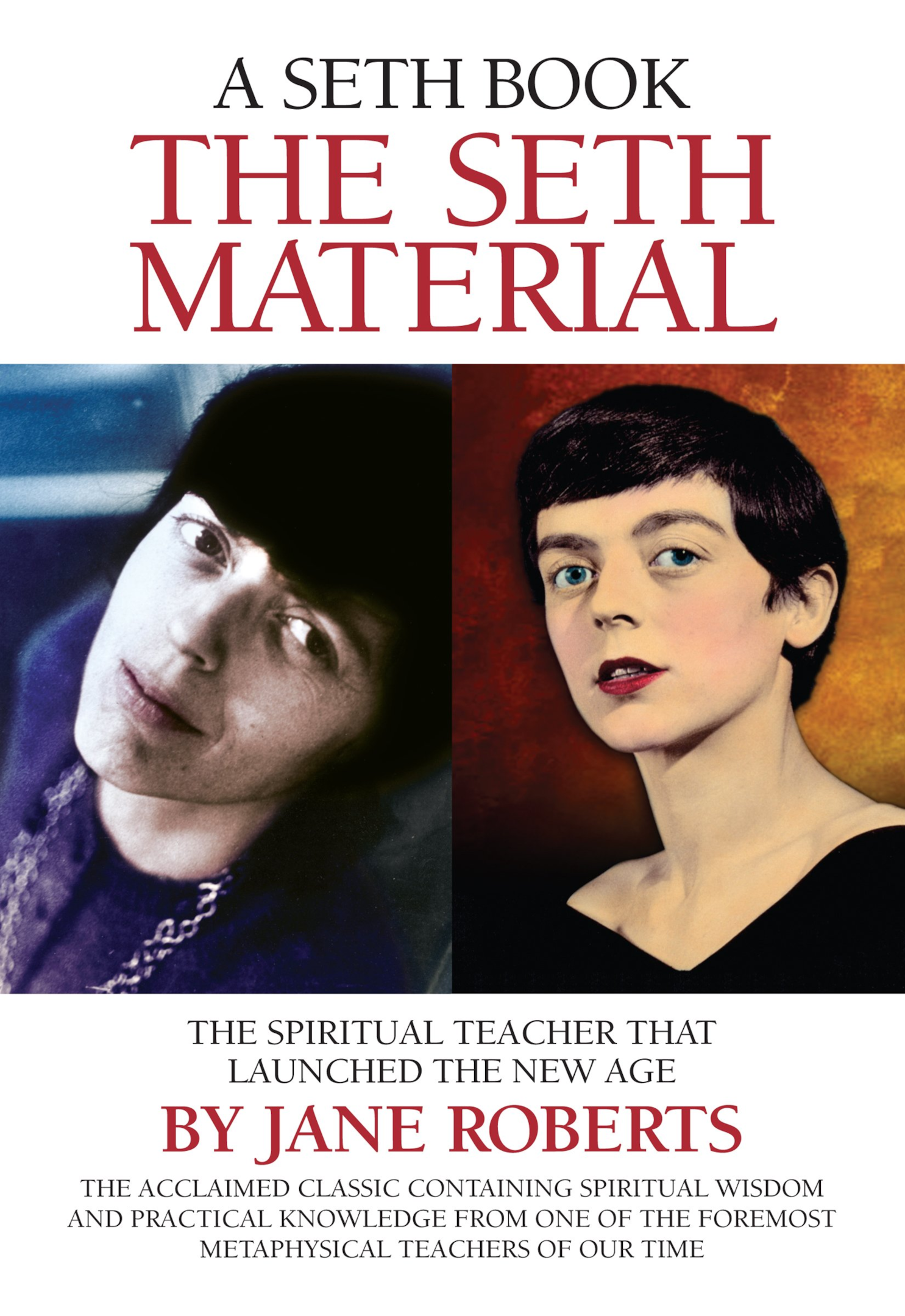
Another famous medium that used automatic writing was Pearl Curran, a psychic who claimed to communicate with the spirit of a woman named Patience Worth.

In addition to mediums, many artists and writers have used automatic writing to produce works of art and literature. One notable example is the surrealist painter and writer, André Breton, who used automatic writing to create his book, “Nadja.”
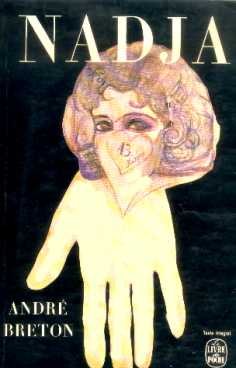
The poet William Butler Yeats also used automatic writing to create some of his most famous works, including “The Second Coming.”
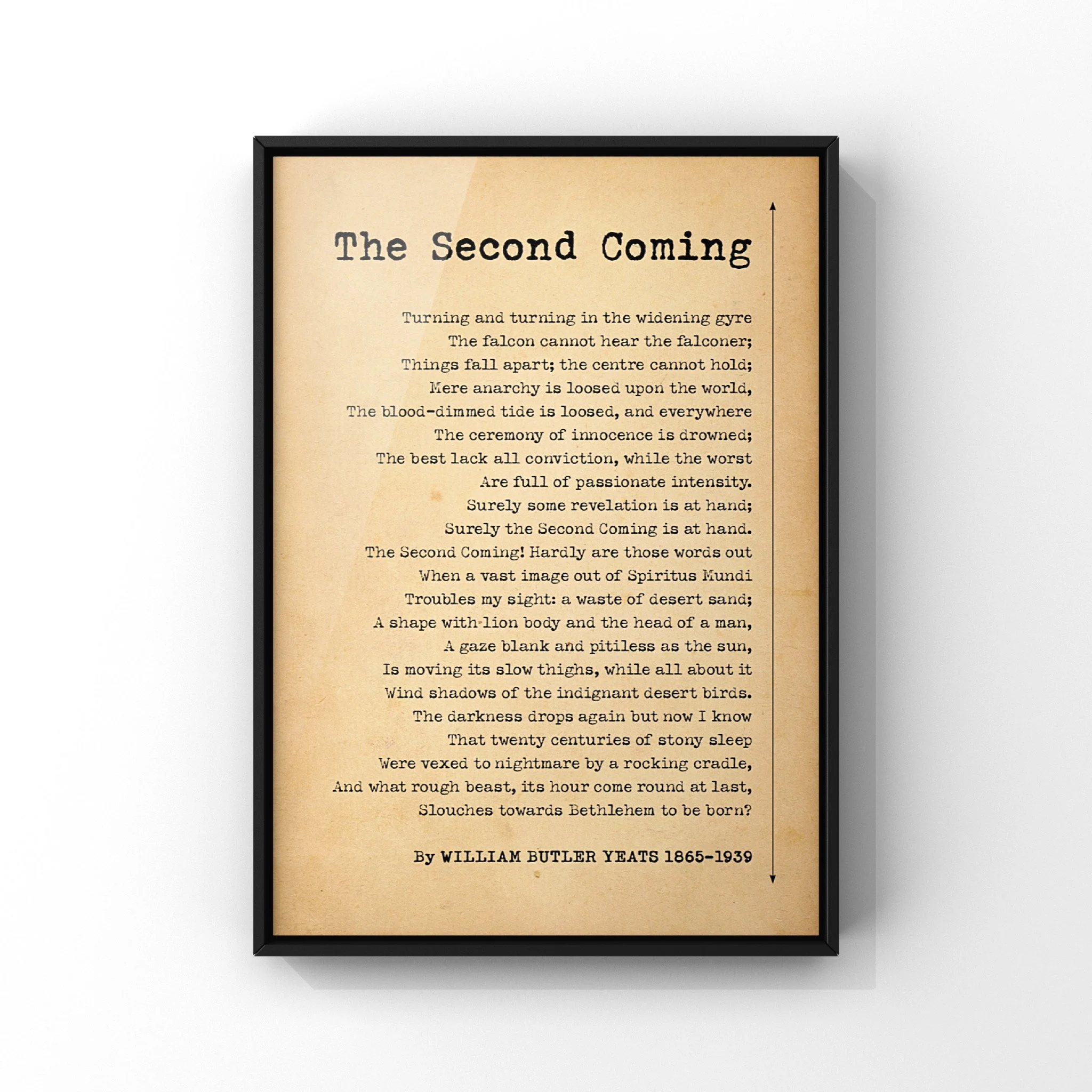
Understanding Automatic Writing in the Modern Context: From Pen and Paper to AI Algorithm
As technology advances, so too does the realm of automatic writing. Artificial intelligence (AI) has opened up new horizons, allowing us to explore automatic writing in ways we never thought possible. AI-powered tools and algorithms can now generate written content autonomously, mimicking the process of automatic human writing. These tools analyze vast amounts of data, producing coherent and creative texts that push the boundaries of traditional authorship.
With the integration of AI, automatic writing enters a new chapter, offering enhanced productivity and innovative possibilities. It opens doors to efficient content generation, creative collaborations between humans and machines, and the potential for groundbreaking literary creations.
Automatic Writing Tools for Content Optimization
Automatic writing tools for content optimization are AI Writing Applications that help writers improve the quality of their content. These tools use machine learning and natural language processing algorithms to perform various tasks, such as identifying and correcting grammatical errors, suggesting more concise or impactful phrasing, and analyzing SEO keywords to improve search engine rankings.
In recent years, a variety of automatic writing tools have emerged that can help writers optimize their content and unlock their creativity. Some popular automatic writing tools include:
OpenAI’s GPT-3
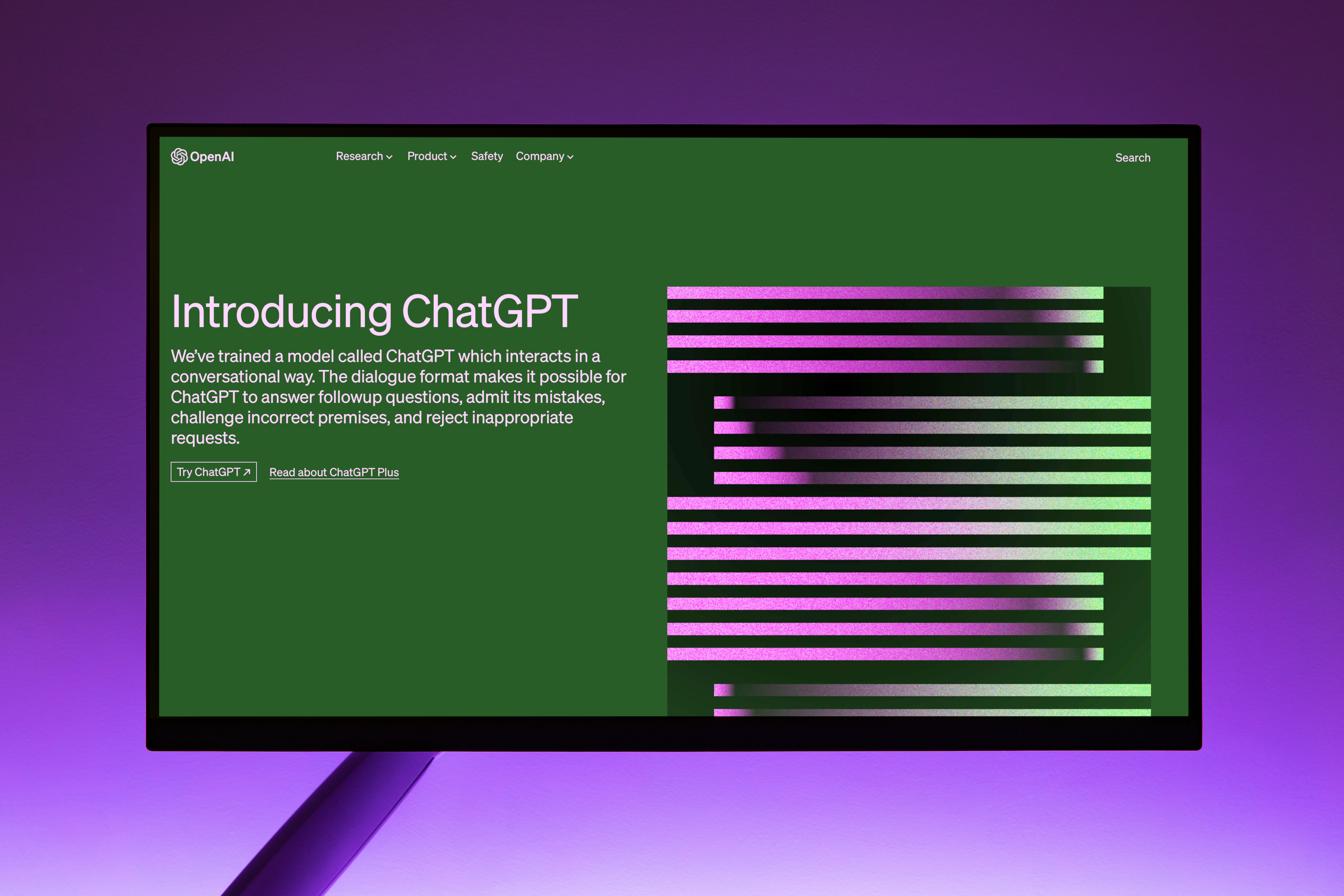
One of the most exciting developments in automatic writing is the emergence of AI-driven writing assistants like OpenAI’s GPT-3. This powerful language model can help writers generate high-quality content with remarkable ease. GPT-3 can understand and produce human-like text, making it a valuable tool for content optimization.
Highlighted Features:
- Natural Language Understanding: ChatGPT AI demonstrates advanced natural language processing capabilities, enabling it to comprehend and respond to user inputs in a conversational manner.
- Contextual Understanding: The AI model is designed to understand the context of ongoing conversations, allowing for more coherent and relevant responses.
- Multilingual Support: ChatGPT AI supports communication in multiple languages, facilitating interaction with users from diverse linguistic backgrounds.
Jasper

Jasper is a renowned AI writing tool known for its advanced machine-learning capabilities. It caters to various content creation needs, including blog posts, landing pages, and Google ads. Powered by GPT-3, Jasper keeps up with the latest AI trends like ChatGPT and AI art generators.
Highlighted Features:
- Multilingual Capabilities: Create content in 26 languages, facilitating effective communication with diverse audiences worldwide.
- Idea Generation: Access templates and AI-powered features to stimulate brainstorming sessions, generating fresh ideas and innovative content.
- Collaboration: Collaborate seamlessly with team members or coworkers, streamlining project management and workflow.
Sudowrite
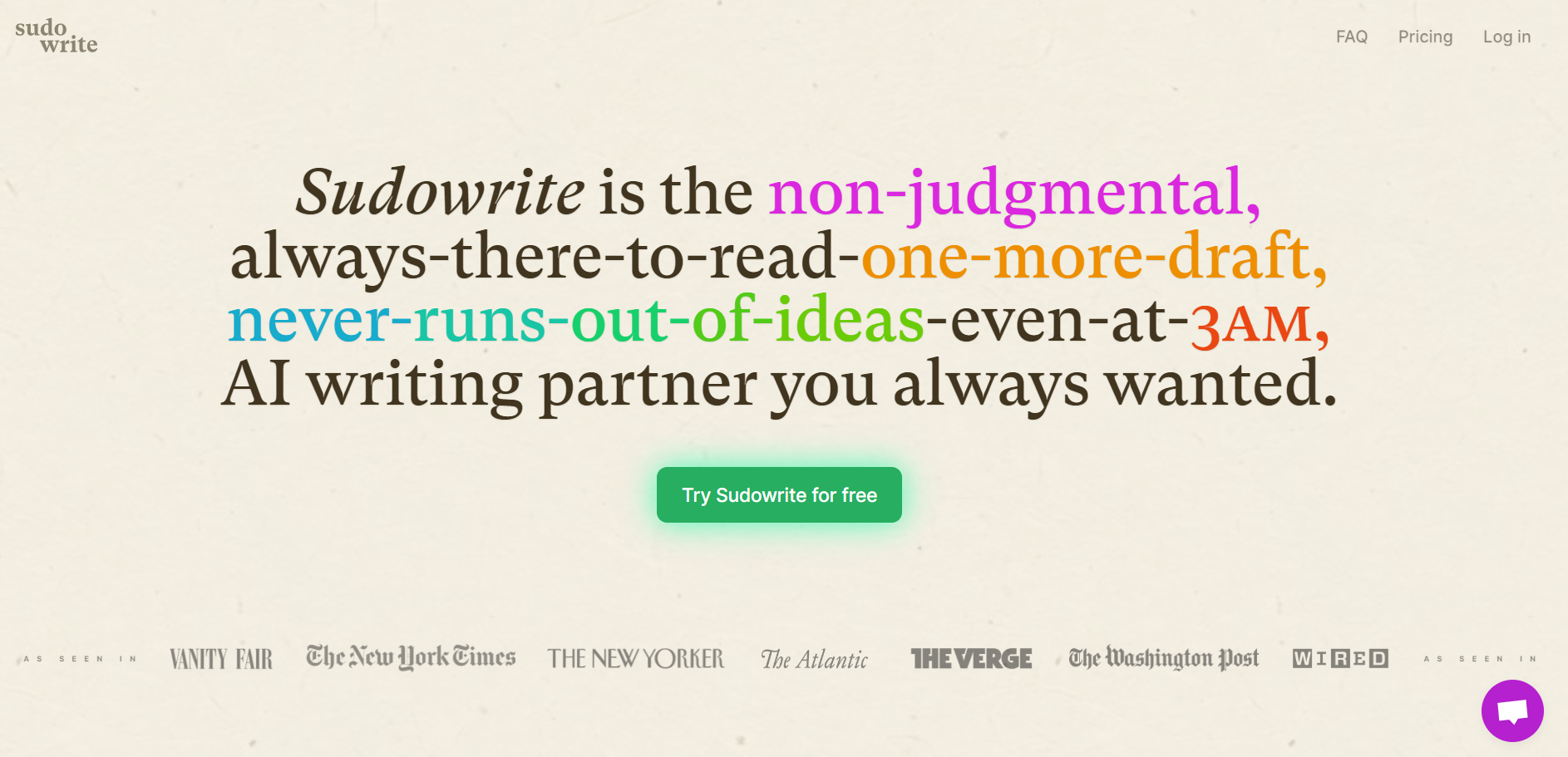
Sudowrite is an AI-powered writing tool and assistant that offers valuable features for writers. With its advanced machine learning and natural language processing (NLP), Sudowrite provides feedback, brainstorming capabilities, and text rewriting functionality.
Highlighted Features:
- Idea Generation: Sudowrite can assist in brainstorming ideas for various elements such as character names, world objects, and more.
- Text Rewriting: It helps in rewriting tricky dialogue or simplifying complex writing to enhance clarity and engagement.
- Multilingual Support: Sudowrite enables writing in over 30 languages, allowing writers to reach diverse audiences worldwide.
Rytr

Rytr offers an efficient solution for creating social media posts and Google ads with its AI writing assistant tool. Within seconds, users can generate compelling ad copy and other forms of content. Beyond advertisements, Rytr is versatile, allowing users to create SEO-optimized blog posts and short-form content.
Highlighted Features:
- Multi-Language Support: Write content in a wide range of languages.
- State-of-the-art AI Writing Software: Benefit from advanced AI technology for accurate and efficient writing assistance.
- Flexible Plans: Rytr offers both free and paid plans to suit different user needs.
Paragraph AI
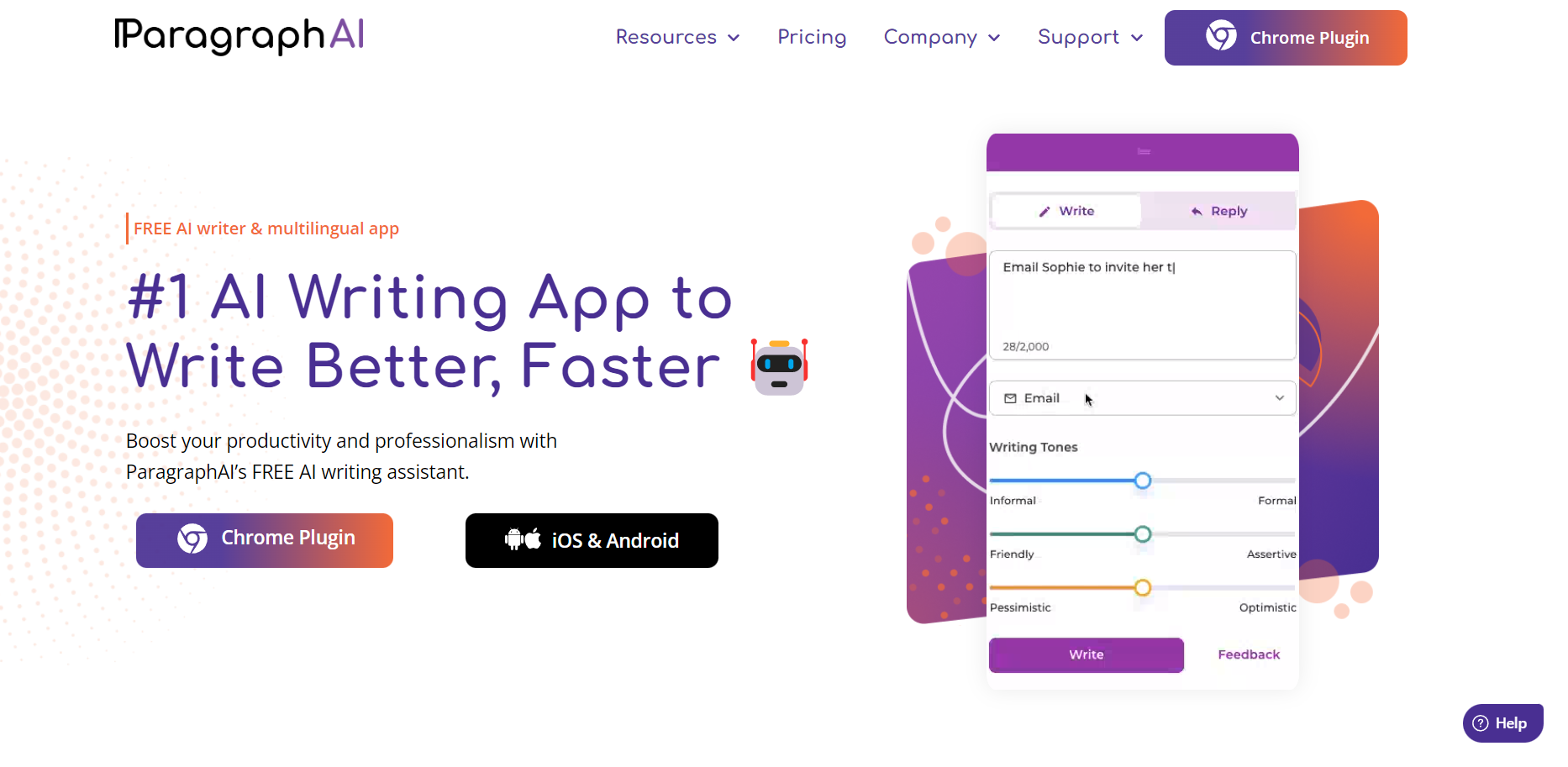
Paragraph AI is a versatile writing software that offers a wide range of features to enhance your writing experience. Whether you need to draft emails, create social media captions, craft digital ad copy, or write product descriptions, Paragraph AI has got you covered.
Highlighted Features:
- Browser Extensions: Seamlessly integrate Paragraph AI into your web browsing experience for quick access and enhanced efficiency.
- 20 Use Cases: Benefit from a versatile tool that covers a wide array of writing scenarios, including crafting effective email responses and beyond.
- Built-in Grammar Checker: Ensure the accuracy and quality of your writing with the convenience of a grammar checker integrated directly into the software.
Bottom line
While these AI writing tools can be helpful for enhancing writing skills, they should be used as a complement to a writer’s own skills and judgment. It’s important to keep in mind that these tools have limitations and biases, and they are not a replacement for normal human creativity and critical thinking abilities.
Strategies for Automating Content Creation
Automating content creation is a growing trend in the world of marketing and advertising, with many businesses looking to streamline their processes and maximize efficiency. However, to achieve the best results, it is important to approach the task strategically. Here are three key strategies to keep in mind:
Identifying the right AI tool for your needs
There are many different AI writing tools available for content creation, and each has its own strengths and weaknesses. It is important to identify the one method that best aligns with your specific goals and objectives.
Combining human creativity with AI-generated content
While AI can be extremely helpful in generating content quickly and efficiently, it is important not to rely solely on technology. Combining the power of human creativity with AI-generated content can result in more engaging and compelling content.
Editing and refining AI-generated content for optimal results
While AI can generate content quickly, it may not always be so word-perfect. Editing and refining AI-generated content can help to ensure that it is accurate, engaging, and effective.
Ethical Considerations and Potential Drawbacks
As the use of automatic writing and AI-powered content creation tools becomes more prevalent, it’s important to consider the related ethical implications and potential drawbacks.
Intellectual Property and Authorship Concerns
Intellectual property and authorship concerns arise when the lines between human-created and AI-generated content become blurred. With the ability of AI to generate content, questions arise about who owns the rights to that produced content.
The Impact on the Creative Writing Industry
The impact on the creative writing industry is another consideration. Will the widespread use of AI-powered content creation tools lead to a decline in demand for human writers, editors, and publishers?
Balancing Automation with Human Creativity and Expression
Balancing automation with human creativity and expression is essential to ensure that AI-generated content doesn’t become formulaic or lose the emotional depth and nuances that only human writers can provide. Finding the right balance between automation and human creativity is crucial for producing high-quality content while still upholding ethical standards.
The Future of Automatic Writing and Content Optimization
The future of automatic writing is an exciting prospect, as advancements in technology and scientific research are constantly pushing the boundaries of what is possible.
Upcoming Technologies and Research Trends
AI-driven natural language processing and machine learning algorithms are expected to become even more sophisticated, allowing for more accurate and personalized content creation. Researchers are also exploring the use of brain-computer interfaces to facilitate automatic writing through direct neural communication.
Expected Applications across Various Industries
The use of automatic writing is expected to continue to expand beyond just content creation and into areas such as customer service, legal and medical documentation, and even creative fields like music and art. It has the potential to greatly improve efficiency and accuracy in these industries.
Evolution of Automatic Writing in the Digital Era
As technology continues to evolve, so will the capabilities and applications of automatic writing. It will become increasingly integrated into our daily lives, allowing for even greater ease and efficiency in communication and content creation. However, it will also be important to carefully consider and address any ethical concerns that arise as a result of this evolution.
Final Thoughts
Automatic writing has emerged as a powerful tool for content creation, personal growth, and spiritual exploration. It offers a unique way to tap into the subconscious and unlock our creativity. With the advent of AI-driven writing tools and intelligent services, the possibilities for automatic writing are expanding rapidly, and we can expect to see continued growth and development in the field. However, it is important to approach the use of automatic writing technologies with responsibility and caution, especially when it comes to issues of intellectual property and authorship. As we continue to explore and harness the power of automatic writing, let us do so with a mindful and ethical approach that respects the boundaries of human creativity and expression.
Sources:
- Chaney, Edward, and Emily Grant Hutchings. “The Strange Case of Patience Worth: A Critical Study of Possession and Automatic Writing.” Literary Licensing, LLC, 2012.
- Roberts, Jane. “The Nature of Personal Reality: Specific, Practical Techniques for Solving Everyday Problems and Enriching the Life You Know.” Amber-Allen Publishing, 1974.
- Breton, André. “Nadja.” Grove Press, 1960.
- Yeats, William Butler. “The Collected Poems of W.B. Yeats.” Scribner, 1996.
- “Automatic Writing.” New World Encyclopedia. Last modified January 21, 2023, Accessed May 13, 2023. URL: https://www.newworldencyclopedia.org/entry/Automatic_writing
- “Automatic Writing.” Britannica. Last modified April 27, 2022, Accessed May 13, 2023. URL: https://www.britannica.com/topic/automatic-writing
- “Surrealism.” The Art Story. Accessed May 13, 2023. URL: https://www.theartstory.org/movement/surrealism/
- Daly, Michael. “Patience Worth: Author from the Great Beyond.” Smithsonian Magazine. October 14, 2009. Accessed May 13, 2023. URL: https://www.smithsonianmag.com/arts-culture/patience-worth-author-from-the-great-beyond-54333749/

